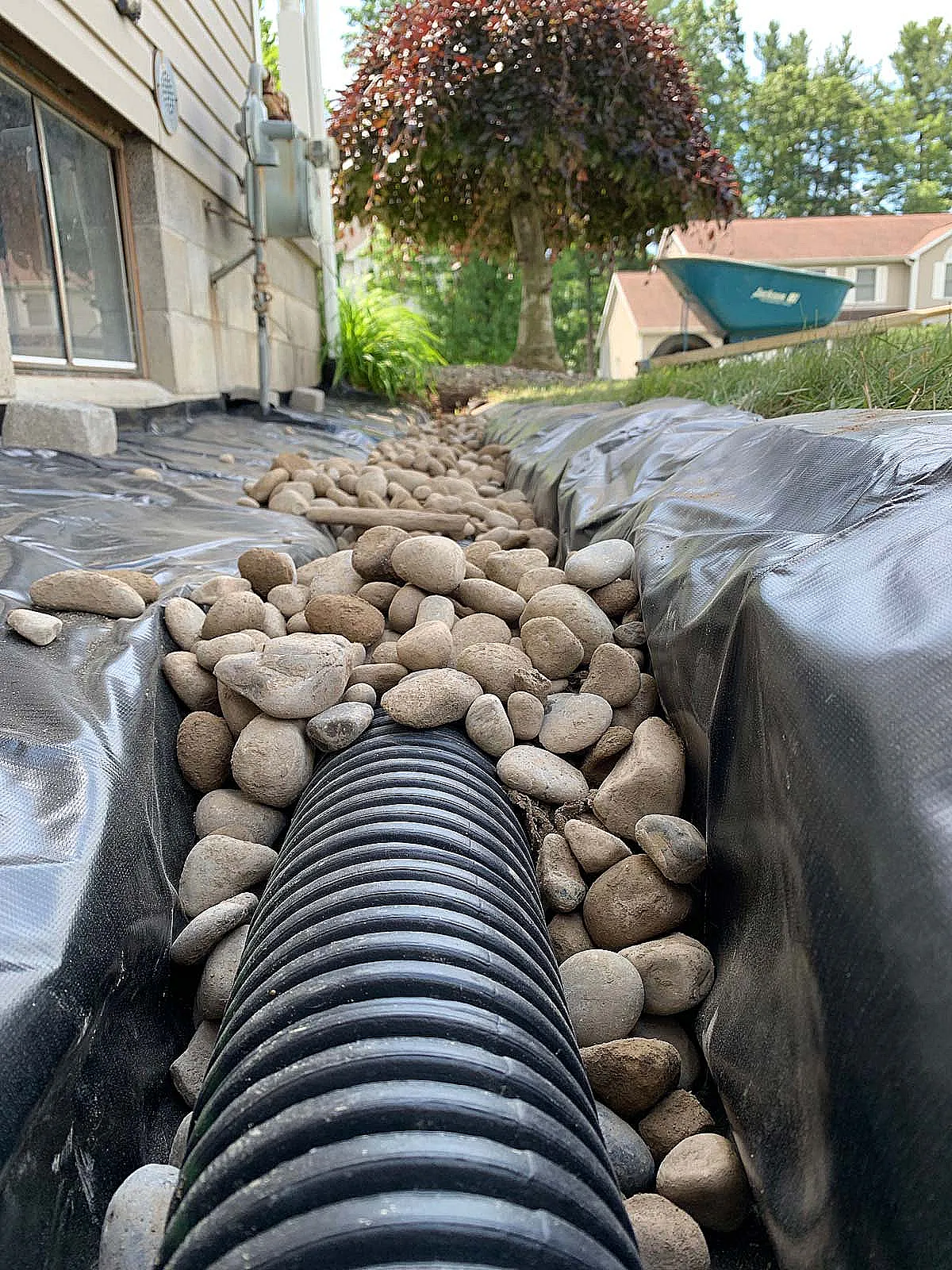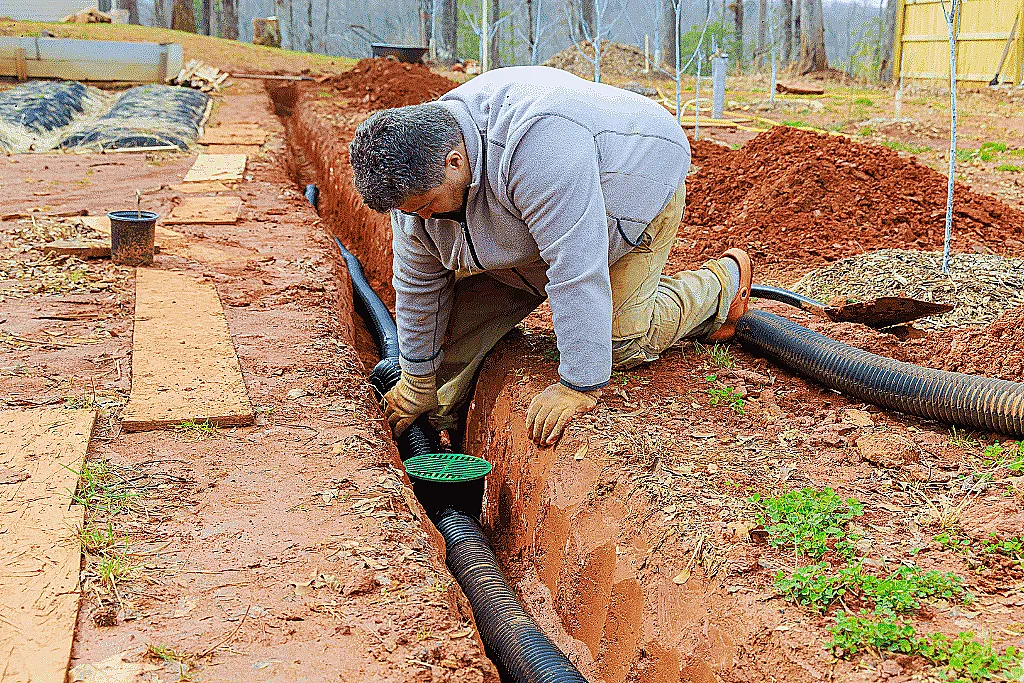By Walsh Crawl Space | Published on December 16, 2024
Proper irrigation and drainage are crucial for protecting your home's landscape and foundation. This guide delves into the differences between drains and swales and highlights how each method plays a vital role in managing water flow around your property.

Understanding the role of drains and swales helps maintain a balanced and functional outdoor environment.
Drains are engineered systems designed to collect and redirect water away from areas where it could cause damage. These systems include options like French drains, channel drains, and surface grates. They are particularly effective in areas prone to water pooling or where rapid drainage is essential to prevent waterlogging.
For example, a French drain is a trench filled with gravel and a perforated pipe, which redirects water away from your home’s foundation. Channel drains, often seen in driveways or patios, are surface-level systems that catch runoff and direct it to a safe discharge point.
Swales, on the other hand, are shallow, vegetated ditches designed to slow down and redirect surface water naturally. Unlike drains, swales leverage the landscape's contours and rely on vegetation to help with water absorption and filtration. They’re ideal for eco-friendly drainage solutions, as they help recharge groundwater while reducing erosion.
Swales are often used in larger properties or areas where natural aesthetics and sustainability are priorities. A well-designed swale can also complement your garden, acting as a functional yet attractive landscaping feature.
Choosing between drains and swales depends on your property’s needs. Drains are better suited for urban areas with limited space and heavy runoff concerns. They are also ideal for paved surfaces and areas prone to flooding. Swales, in contrast, are excellent for larger properties with gentle slopes, where water can be redirected over a broader area without risk to structures.
In some cases, a combination of both systems offers the best solution. For instance, a swale can manage general water flow across your property, while a French drain can protect specific problem areas like your home’s foundation.

Walsh Crawl Space: From drainage solutions to landscaping advice, our team ensures your property stays dry and safe. Contact us today to discuss your drainage and irrigation needs.
Drains, especially French and channel drains, often involve higher material and installation costs. Swales are typically less expensive, relying on grading and vegetation rather than complex hardware.
Yes, but the design may need to be modified to fit the available space. A professional assessment is recommended to ensure proper water flow without risking erosion.
Drainage systems should be inspected annually to check for clogs, damage, or erosion. Swales may require occasional regrading or vegetation replenishment to maintain functionality.